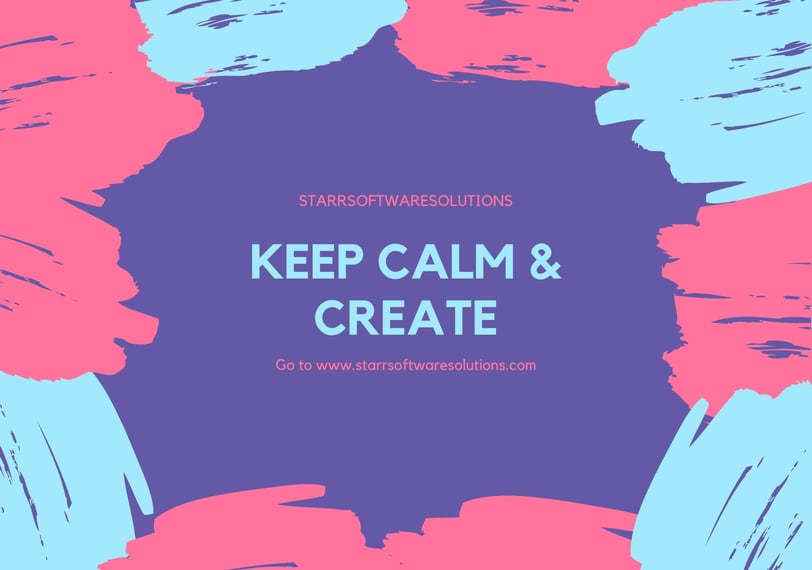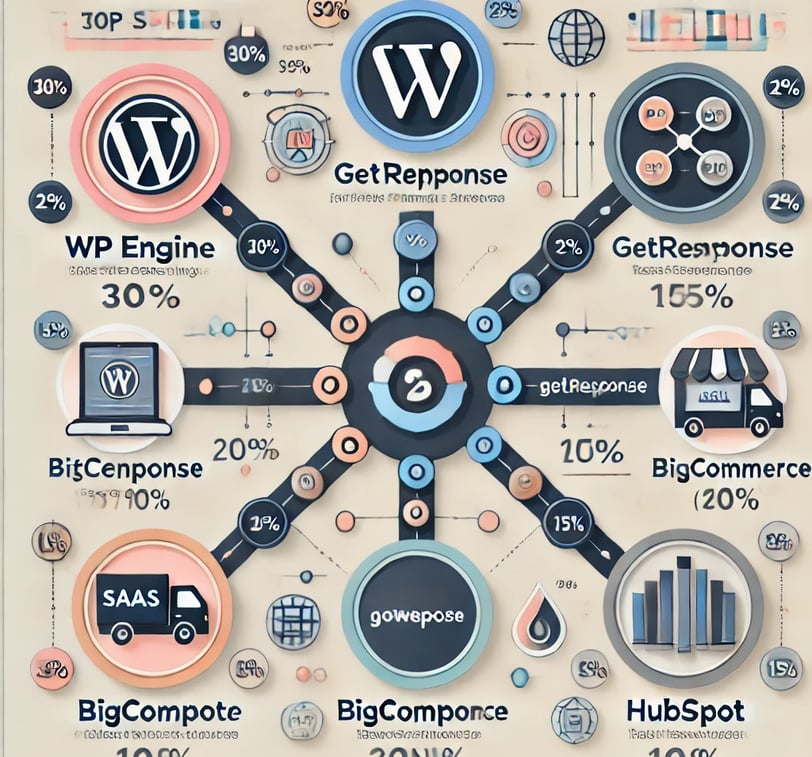

Understanding Social Media Scheduling Apps
Social media scheduling apps are powerful tools designed to facilitate the planning, organizing, and management of content across various social platforms. These applications allow users to create posts in advance and specify the exact time and date for their publication, which can significantly enhance efficiency and ensure a consistent online presence. By employing these tools, individuals and organizations can streamline their social media strategy, allowing them to focus on content quality rather than being bogged down by the mechanics of posting.
The importance of organizing and planning social media content cannot be overstated. Without a structured approach, it is easy to overlook posting opportunities or to deliver content inconsistently. Scheduling apps provide a central hub for content creation, enabling users to maintain a well-organized content calendar. This not only aids in balancing the varying tones and themes across platforms but also ensures timely engagement with the audience based on optimal posting times. The capability to visualize and manage a content pipeline effectively aligns with strategic objectives and enhances audience interaction.
When considering the implementation of social media scheduling software, certain essential features should be prioritized. Firstly, a user-friendly interface can simplify the scheduling process, making it accessible for users of varying skill levels. Additionally, the ability to manage multiple social media accounts from a single dashboard is crucial for businesses or individuals who aim for a broader outreach. Advanced analytics and reporting functions also play a vital role as they track engagement metrics, allowing users to refine their strategies continually. Finally, integration with other marketing tools can enhance overall digital marketing efforts. Consequently, selecting an effective social media scheduling app can transform a daunting task into an organized and efficient process.
The Best Social Media Posting Tools for Your Needs
In today's digital age, effective social media management is crucial for individuals and businesses alike. Various tools exist to streamline the posting process, each designed with unique functionalities to address diverse requirements. Understanding these tools is essential for maximizing your social media strategy. The primary types of posting tools include social media management platforms, content calendar apps, and analytics dashboards. Social media management platforms like Hootsuite and Buffer allow users to schedule posts across multiple networks, track engagement analytics, and manage different accounts from one interface. Content calendar apps, on the other hand, help visualize upcoming posts, fostering better planning and consistency.
When selecting the best social media posting tools for your needs, several criteria should be considered. Functionality is paramount—look for tools that offer robust scheduling capabilities, user-friendly interfaces, and compatibility with the social media platforms you utilize. It is also essential to evaluate customer support options and the range of analytics available, as these can significantly impact your social media strategy's effectiveness.
GetResponse stands out among these tools due to its comprehensive suite of features designed for marketers. Not only does GetResponse offer efficient scheduling capabilities, but it also integrates email marketing and landing pages, providing a holistic approach to online engagement. Its user-friendly design enables even those with minimal technical skills to navigate the platform with ease. The analytics tools integrated within GetResponse allow users to track the success of their posts and adjust strategies accordingly, ensuring that all communications are optimized to meet business goals. This multifaceted approach makes GetResponse a robust option in the competitive market of social media posting tools.
How to Effectively Use Social Media Content Tools
Utilizing social media content tools effectively is essential for businesses and individuals aiming to enhance their social media presence. One of the primary benefits of these tools is the ability to plan content in advance, ensuring a consistent posting schedule that can significantly increase audience engagement. To maximize the potential of your social media strategy, consider integrating tools that provide comprehensive content management functionalities, such as GetResponse.
First and foremost, effective planning is crucial. By utilizing a content calendar, users can outline their posts for various platforms ahead of time. This allows for thematic consistency and the ability to align posts with relevant dates or events. Moreover, scheduling tools offer a dual advantage of time management and strategic content delivery, facilitating peak engagement times correlated with audience activity. Tools like GetResponse can help automate this process, providing valuable insights into optimal posting times based on analytics.
When it comes to content creation, leverage the built-in features of social media content tools. Many platforms allow users to design visually appealing graphics and compose engaging captions that resonate with target audiences. Content tools streamline the creative process by offering templates and suggestions tailored to current trends, which can help users stay relevant and relatable. By focusing on high-quality visuals and clear messaging, brands can foster interaction and capture the attention of their audience.
Finally, tracking the performance of your posts is pivotal. Social media content tools, such as those offered by GetResponse, provide detailed analytics that can measure engagement, reach, and other vital metrics. Regular analysis allows users to refine their strategies based on actual data, enabling continual improvement. This ongoing assessment not only helps identify what content resonates but also guides future planning, ensuring that marketing efforts are both effective and efficient.
Getting Started: Scheduling Posts on Social Media with GetResponse
In today's digital landscape, a robust social media presence is essential for engaging audiences and driving brand awareness. One effective way to manage your social media strategy is through the use of scheduling software like GetResponse. This tool streamlines the posting process, enabling you to maintain a consistent and timely presence across various platforms. Below is a comprehensive guide on how to set up your GetResponse account and start scheduling posts effectively.
Firstly, you’ll need to create an account with GetResponse. Visit their website and select the 'Sign Up' option. After entering your email and choosing a password, confirm your account through the verification link sent to your inbox. Once logged in, familiarize yourself with the interface, which is designed to facilitate easy navigation through its various features.
After setting up your profile, you can begin by linking your social media accounts. Go to the 'Social Media' tab in the menu, where you’ll find options to connect accounts from platforms like Facebook, Twitter, Instagram, and LinkedIn. Authorize GetResponse to access your social profiles; this connection is vital for seamless scheduling and analytics.
With your social media accounts linked, it’s time to create your first post. Click on the 'Create Post' button and start drafting your content. GetResponseprovides a text editor that allows you to format your message, add images, and include relevant hashtags to enhance visibility. Once you're satisfied with your post, you can select the preferred publication date and time from a calendar interface.
After scheduling, you can view all upcoming posts and make adjustments if necessary. GetResponse also offers analytic tools to help you evaluate the engagement levels of your scheduled posts, enabling you to refine your strategy over time. By utilizing GetResponse, you can efficiently manage your social media content and maintain a steady flow of engagement with your audience.





Maximizing Your Social Media Strategy with Scheduling Software
10/19/20245 min read
